Travel back in time by visiting Tunisia’s archaeological sites and medinas declared UNESCO World Heritage Sites.
You will discover that Tunisia’s History is a long oscillation between Africa, the Orient and the West: Berber in origin, profoundly marked by the Phoenicians, converted into a prosperous and influential province of the Roman empire, an Arab emirate and then a kingdom of considerable influence, over the course of more recent centuries Tunisia has received numerous influences originating from Turkey and nearby Europe.
It is not only Tunisia’s history that makes it a country of central importance, but also its nature. An extraordinary variety of ecosystems are concentrated within its small land area and it lies on one of the principal routes taken by migratory birds travelling between Europe and Africa, that of the Strait of Sicily. Lake Ichkeul and its mountain too were declared UNESCO World Heritage Sites.
| The medina of Tunis |
Multifarious and bustling, the medina of Tunis definitely presents many different faces. In this way its long history, enriched by diverse influences, is represented. Throughout the late Middle Ages, it was one of the most important cities of the Islamic world. Today it is one of the largest and most beautiful medinas in the world, rich for its historical monuments numbering in the hundreds, and for its urban fabric typical of Arab cities… More about the medina of Tunis |
| The site of Carthage |
Carthage was founded by a Phoenician princess, Elyssa, who in ancient texts is known as Dido. Destroyed by the Romans, Carthage would be reborn from its ashes and became a major city of the Roman empire. This rich history has left countless traces scattered across a vast area. More about the site of Carthage |
| The amphitheatre of El Jem |
One of the best preserved and largest in the entire Roman empire, the amphitheatre of El Jem is a major symbol of the height of Roman Africa, which added its own particular touch to Roman culture. It is also a prime example of the best of Roman architecture, and sheds valuable light on those moments of collective madness that constituted the Roman games. More about the amphitheatre of El Jem |
| Ichkeul National Park |
In 1980 the lake and mountain of Ichkeul were declared UNESCO World Heritage Sites, then converted into a national park covering an area of 12 600 hectares. It is a remarkable destination for wildlife. The vast body of water is the last trace of a chain of freshwater lakes that once stretched across North Africa. More about Ichkeul National Park |
| The site of Kerkouane |
The site of Kerkouane, the remains of a small city which was burned and deserted in the 3rd century B.C., then remained abandoned for twenty-five centuries, presents intact evidence relating to the civilisation of the Carthaginians, their architecture and their way of life. More about the site of Kerkouane |
| The medina of Sousse |
Crenellated walls, watchtowers, fortresses, Great Mosque… An exceptional collection of austerely beautiful monuments, powerfully evocative of this medieval stronghold’s past. More about the medina of Sousse |
| Kairouan |
More about Kairouan |
| The site of Dougga |
More about the site of Dougga |
The island of Djerba |
The island of Djerba has a long and rich history despite its uninspiring natural inheritance. The people of Djerba designed a water-saving system (water being rare in this southern land): wells and irrigation channels, and enormous rainwater cisterns buried under the courtyards of houses and mosques. More about the island of Djerba |
| The Tentative List of UNESCO | Numerous other sites are currently found on the Tentative List and merit just as much worldwide recognition: Medina of Sfax, Jugurtha’s Table… |
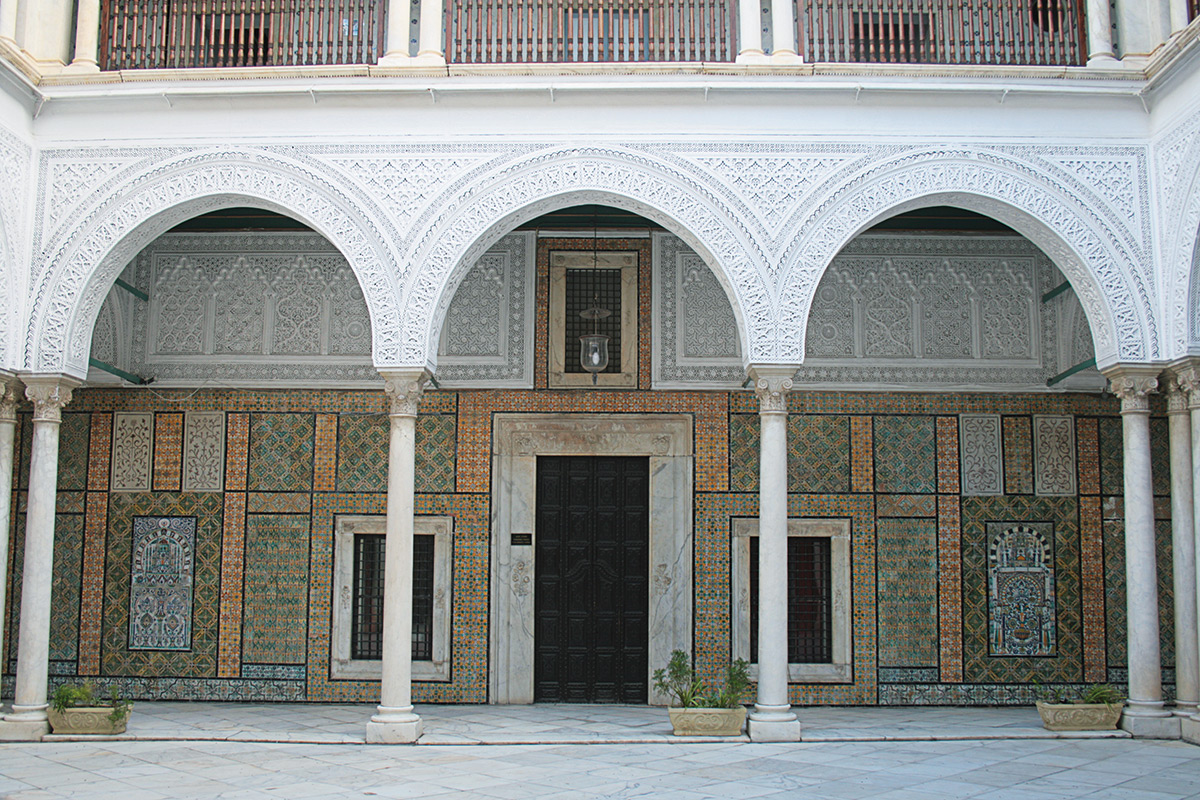
Multifarious and bustling, the medina of Tunis definitely presents many different faces. In this way its long history, enriched by diverse influences, is represented. Throughout the late Middle Ages, it was one of the most important cities of the Islamic world. Today it is one of the largest and most beautiful medinas in the world, rich for its historical monuments numbering in the hundreds, and for its urban fabric typical of Arab cities…
More about the medina of Tunis
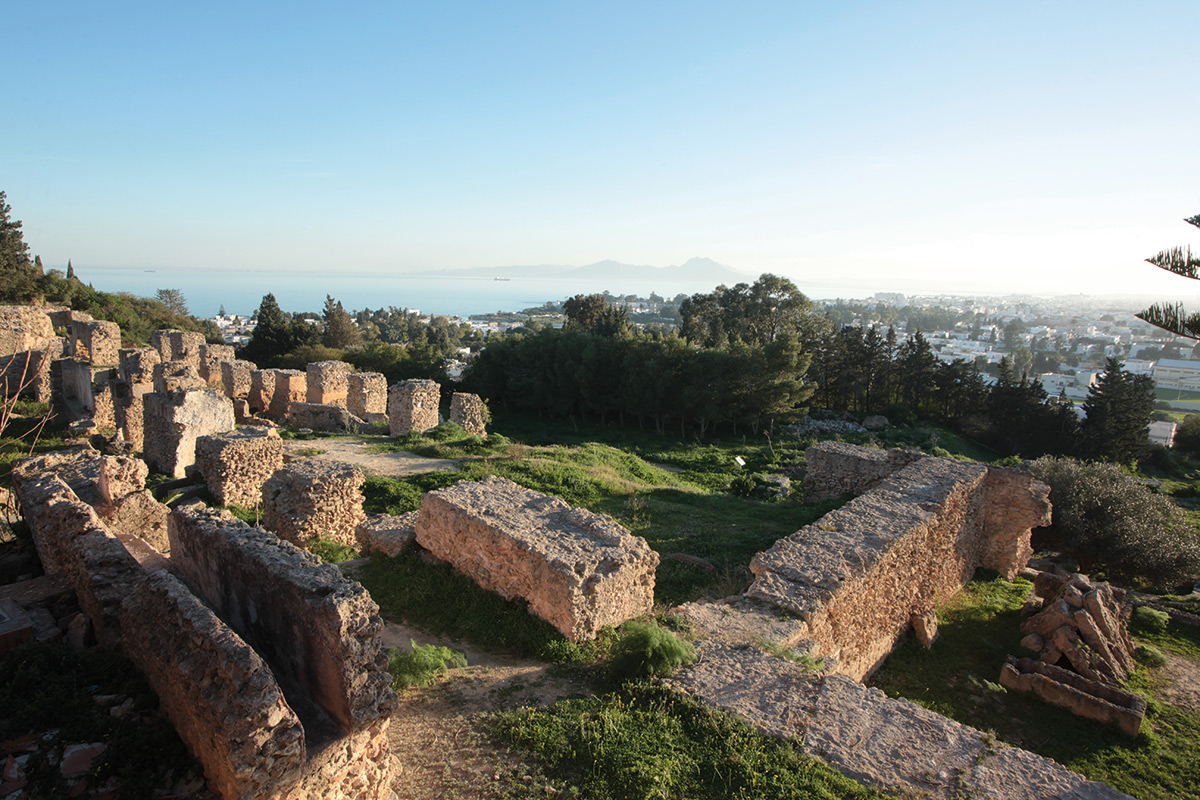
Carthage was founded by a Phoenician princess, Elyssa, who in ancient texts is known as Dido. Destroyed by the Romans, Carthage would be reborn from its ashes and became a major city of the Roman empire. This rich history has left countless traces scattered across a vast area.
More about the site of Carthage
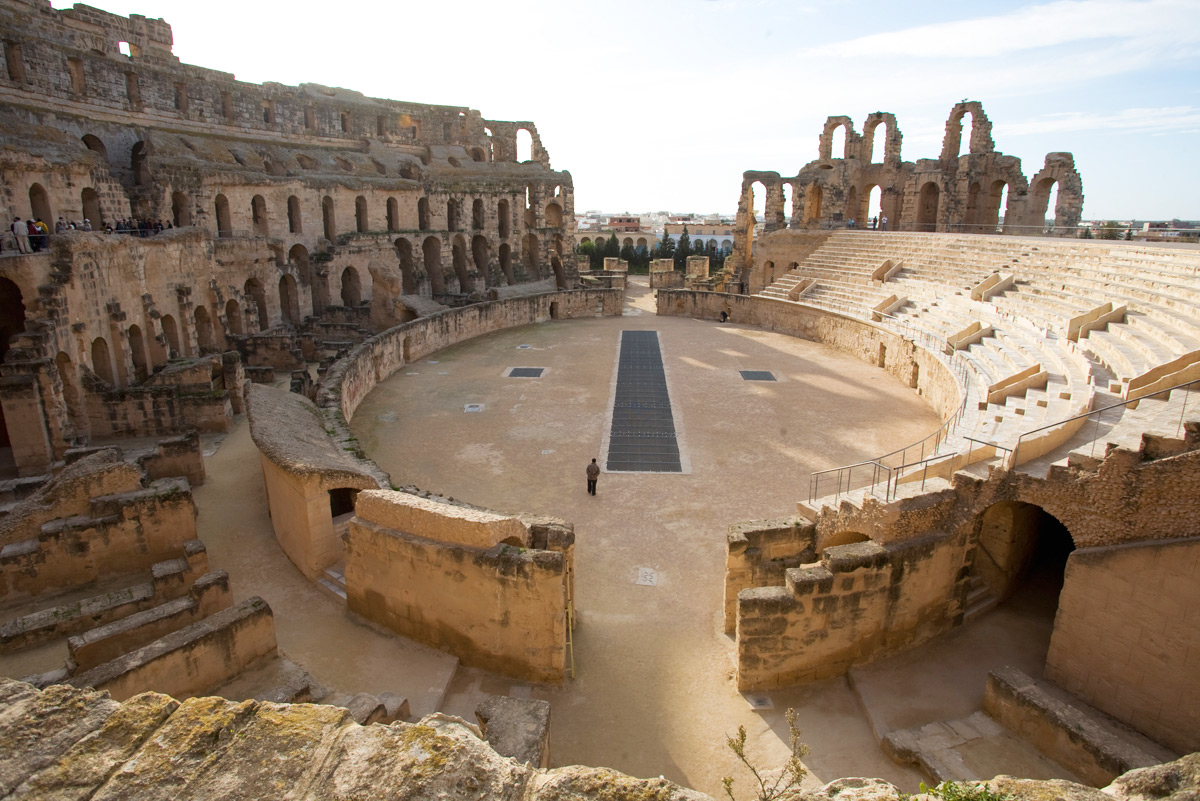
One of the best preserved and largest in the entire Roman empire, the amphitheatre of El Jem is a major symbol of the height of Roman Africa, which added its own particular touch to Roman culture. It is also a prime example of the best of Roman architecture, and sheds valuable light on those moments of collective madness that constituted the Roman games.
More about the amphitheatre of El Jem
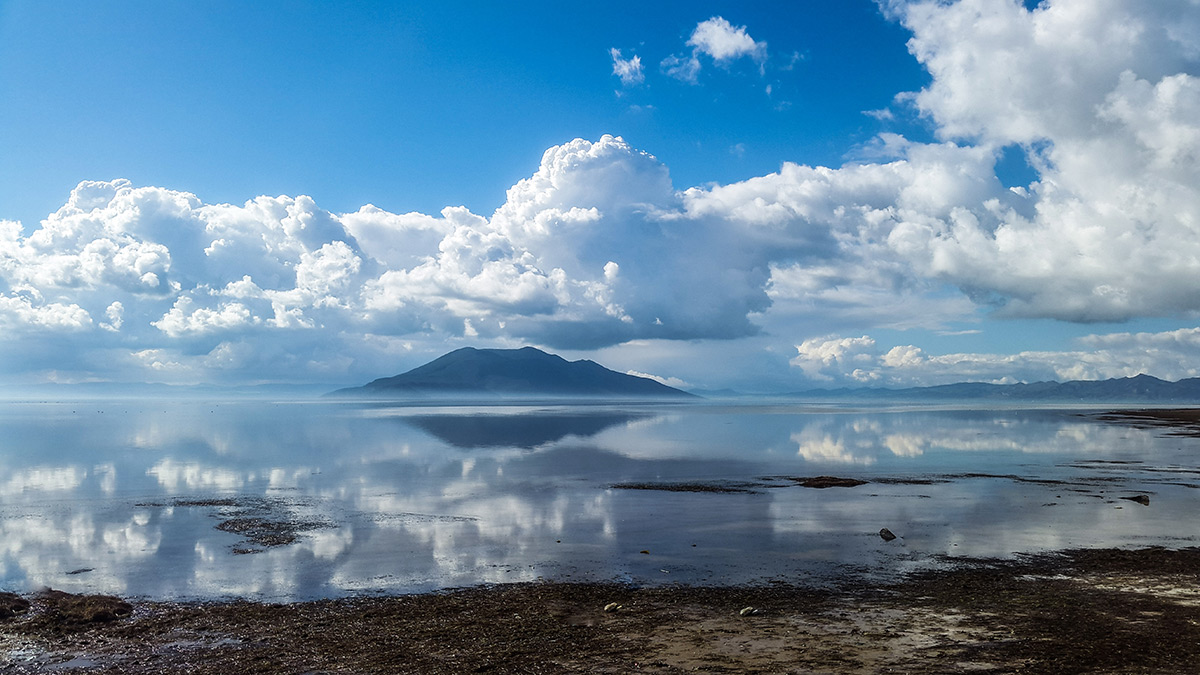
In 1980 the lake and mountain of Ichkeul were declared UNESCO World Heritage Sites, then converted into a national park covering an area of 12 600 hectares. It is a remarkable destination for wildlife. The vast body of water is the last trace of a chain of freshwater lakes that once stretched across North Africa.
More about Ichkeul National Park
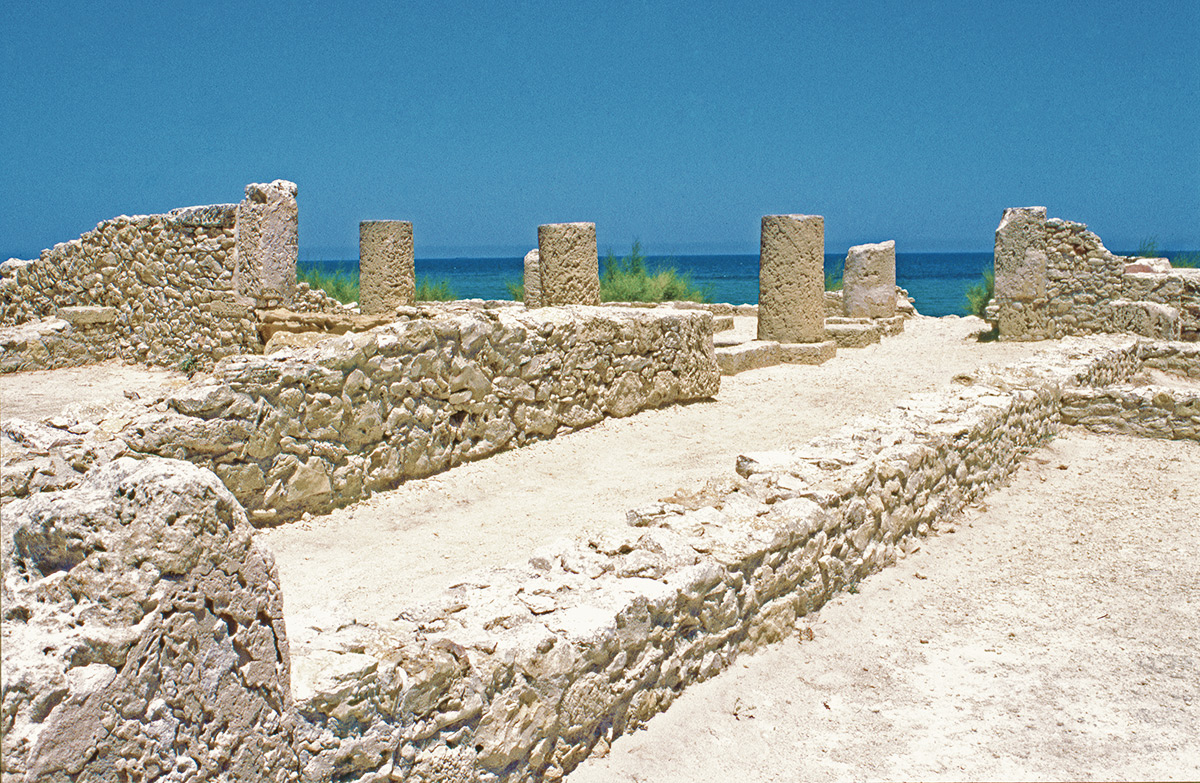
The site of Kerkouane, the remains of a small city which was burned and deserted in the 3rd century B.C., then remained abandoned for twenty-five centuries, presents intact evidence relating to the civilisation of the Carthaginians, their architecture and their way of life.
More about the site of Kerkouane
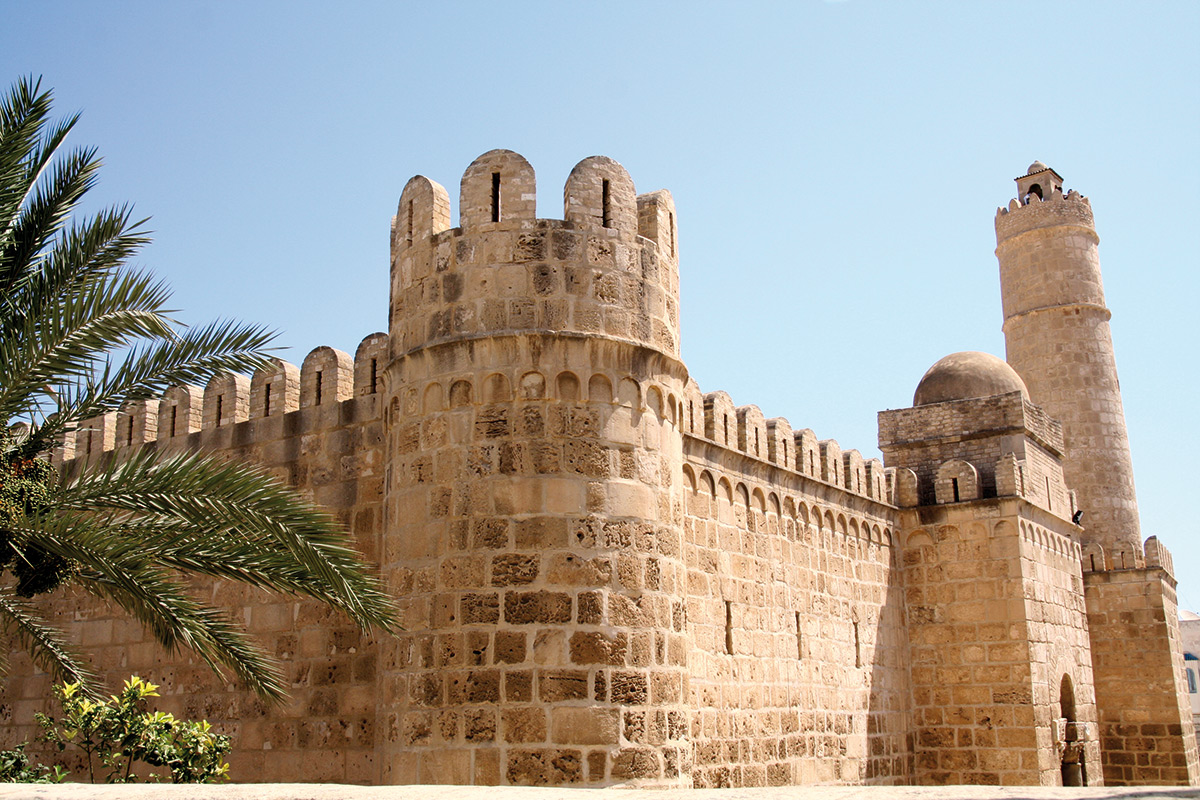
Crenellated walls, watchtowers, fortresses, Great Mosque… An exceptional collection of austerely beautiful monuments, powerfully evocative of this medieval stronghold’s past.
More about the medina of Sousse
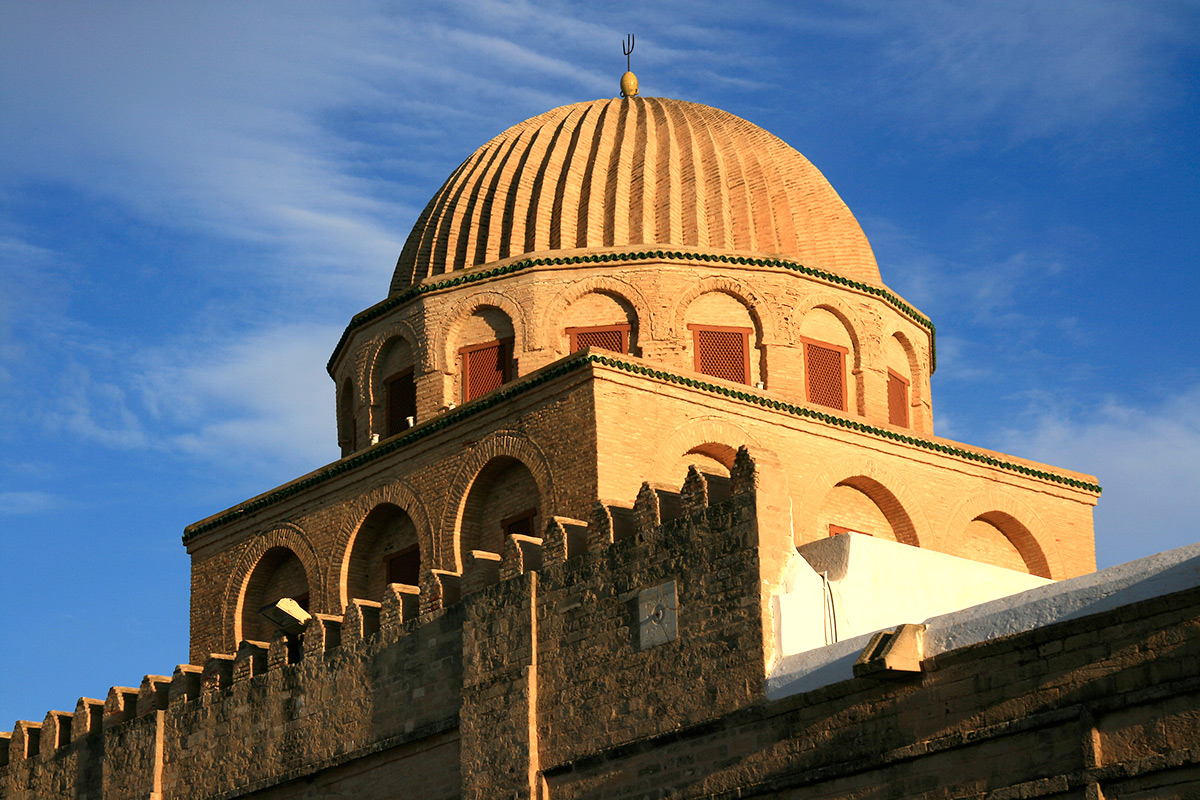
The first Islamic city founded in the Maghreb, Kairouan has preserved through the centuries the aura of a holy city. Capital of Ifriqiya, the eastern section of the Maghreb, during the early Middle Ages, it was also a centre of civilisation of considerable influence.
More about Kairouan
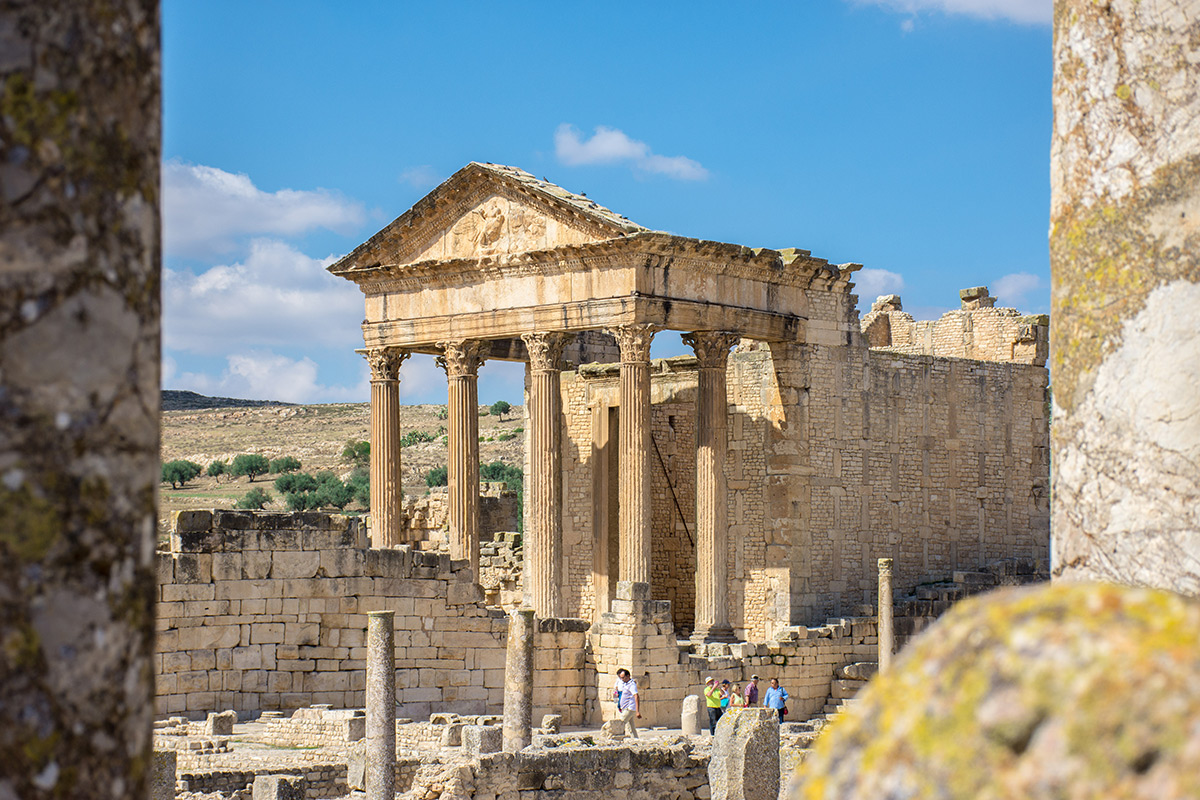
Staggered over a hillside that finishes in an abrupt cliff, where the first foothills of the Atlas Mountains begin to appear in the northwest of Tunisia, the remains of an ancient city emerge, magnificently preserved with all of its component parts: temples, public institutions, monumental arches, houses, paved roads... Apart from the opulent Roman monuments, Dougga also displays many pieces of evidence of synthesis between the Punic, Numidian and Hellenic cultures.
More about the site of Dougga
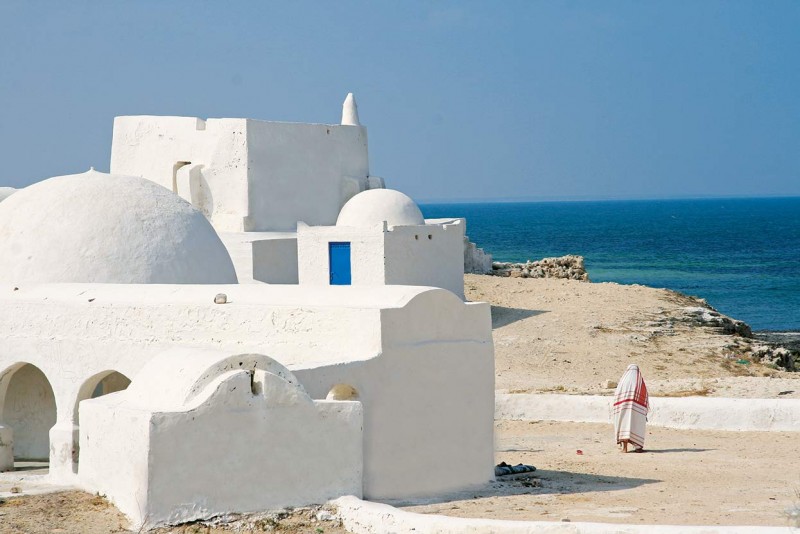
The island of Djerba has a long and rich history despite its uninspiring natural inheritance. The people of Djerba designed a water-saving system (water being rare in this southern land): wells and irrigation channels, and enormous rainwater cisterns buried under the courtyards of houses and mosques.
They also have invented an architecture that is perfectly in keeping with the island’s landscapes: immaculate cupolas, pared down arcades, ingenuous minarets, welcoming patios.
More about the island of Djerba